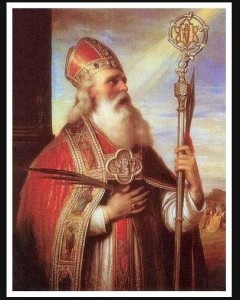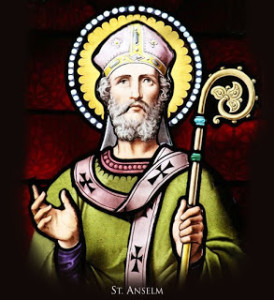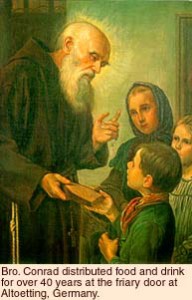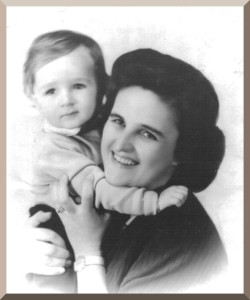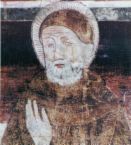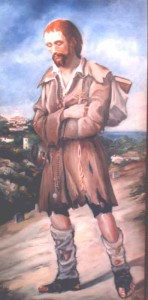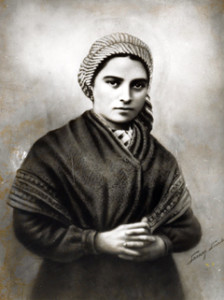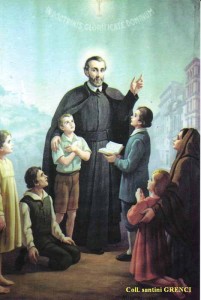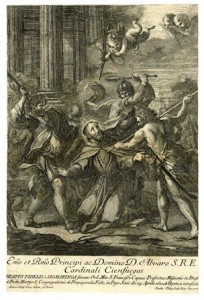
St. Fidelis of Sigmaringen (1577-1622)
Image: All Saints & Martyrs
(EWTN) Born in Germany Sigmaringen and christened ‘Mark’ he went to the university in Switzerland studying philosophy and law. Fidelis was a good, decent and respected lawyer, according to Franciscan Media accepting cases to help the poor and oppressed, becoming known as ‘The Poor Mans Lawyer.’
Justice and his faith directed Fidelis actions and he would become disgusted with the corruption and injustice he found among his colleagues which resulted in him abandoning his law practice to become a Priest and entering the Capuchin Friars in Firbourg he subsequently would dispose of his possessions, dividing them between the impoverished Seminarians and the poor.
After completing studies in theology, Fidelis received his Holy Orders and said his first Mass in the Convent at Firbourg on the ‘Feast of St. Francis’ in 1612 and he would subsequently consecrate himself to God by taking the habit. From that moment forward, implicit obedience, humility and charity were his delight.
Fr. Fidelis received orders from his superiors and was sent to the Convent at Weltkirchen (present day Austria) where many converted because of his zealous work–Later, the Congregation For the Doctrine of the Faith commissioned Fr. Fidelis to go and minister at ‘Grisons’ (Graununden region of Switzerland) he was the first missionary that was sent there since the residents had embraced Calvinism–Eight other Priests from Fr. Fidelis order worked along side of him as his assistants.
Some of the Calvinists became angered at Fr. Fidelis work and success at converting their brethren and threatened his life.
On this date in 1622 Fr. Fidelis made his confession to his assistant’s Priests, celebrated Mass and delivered a sermon at Grusch, following which he stood silent with his eyes fixed on heaven in joy–Later Fr. Fidelis foretold of his death to several persons in the clearest of terms and executed his last letters, ‘P. Fidelis, prope diem esca vermium’ (Fr. Fidelis, who will be shortly the food of worms) subsequently traveling to Sevis (Seewis im Prattigau) to celebrate Mass and delivering a sermon with great energy urging the Christians to be strong.
Following Mass in Sevis on the road back to Grusch, Fr, Fidelis met twenty Calvinists with a minister leading them, they called Fr. Fidelis a ‘false prophet’ and urged him to deny his faith and embrace their heresy.
Fr. Fidelis replied to them saying: “I am sent to you to confute (or refute) not to embrace your heresy. The Catholic religion is the faith of all ages, I fear not death.”
Subsequently one of the Calvinists beat him to the ground by striking him in the head with his sword, Fr. Fidelis rose and on his knees, stretched out his arms in the form of a Cross and said in a feeble voice towards heaven:
“Pardon my enemies O Lord, blinded by passion they know not what they do. Lord Jesus have pity on me, Mary Mother of Jesus assist me.”
A second strike against Fr. Fidelis head would result in him falling to the ground laying in a pool of his own blood. Not satisfied with Fr. Fidelis lay dying, some of the Calvinists would repeatedly stab him and would desecrate his body as they would say to punish him for his many journeys into communities to minister to them.
Following the savage attack on Fr. Fidelis by the Calvinists and their departure as he lay dying on the road, a Catholic Woman that was hidden as she watched what occurred, found Fr. Fidelis eyes open and fixed on heaven.
Fr. Fidelis was Beatified in 1729 by Pope Benedict XIII and Canonized in 1746 by Pope Benedict XIV
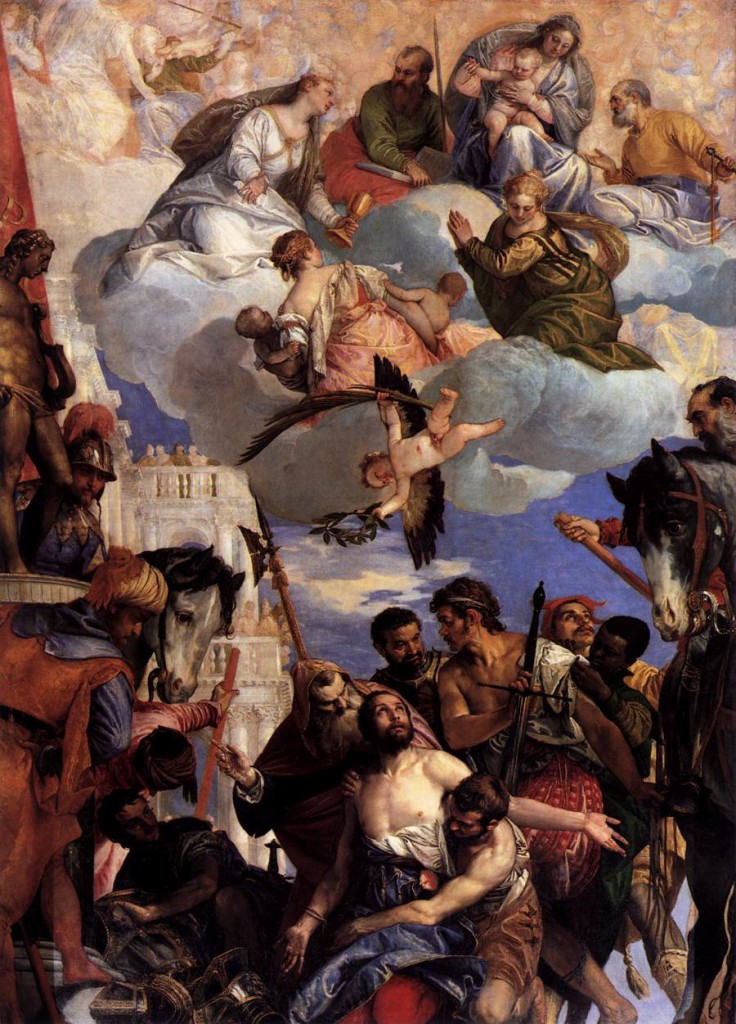 Martyrdom of Saint George (Paolo Veronese 1564) Image:
Martyrdom of Saint George (Paolo Veronese 1564) Image: 